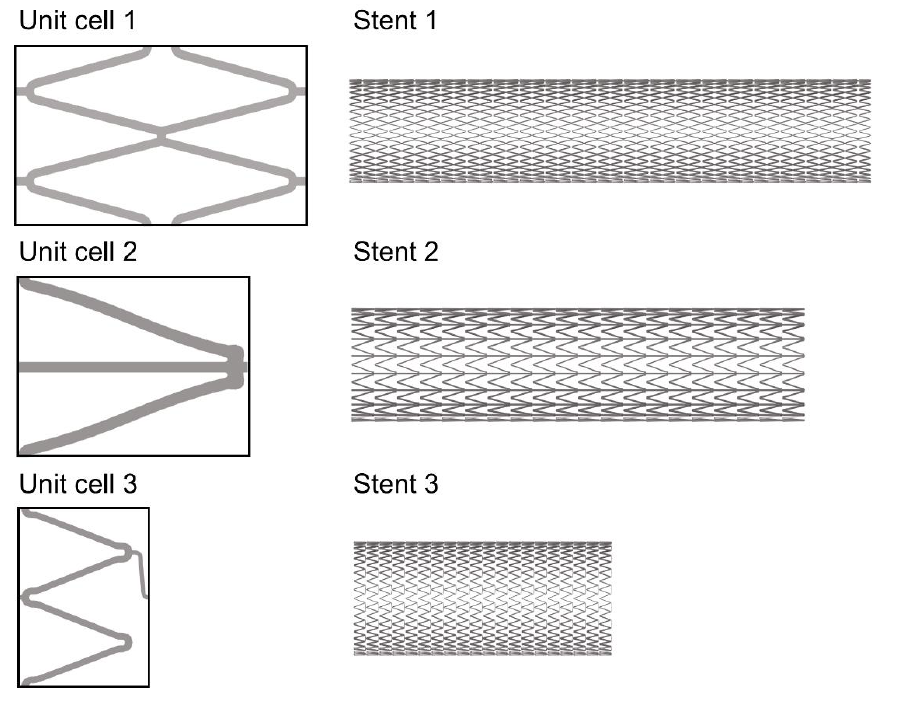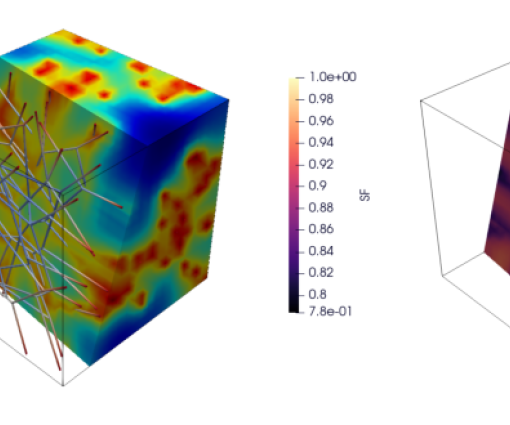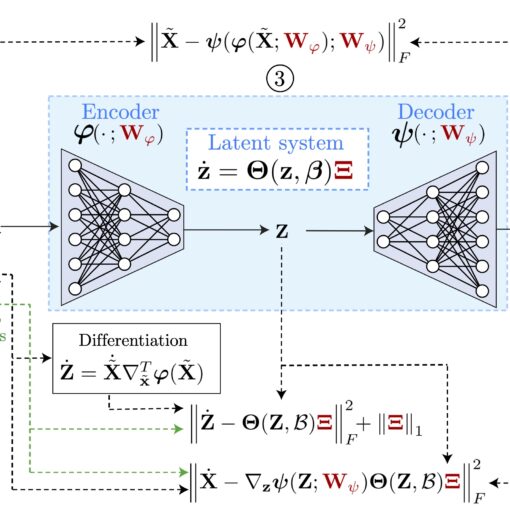A new MOX Report entitled “Easy-to-use formulations based on the homogenization theory for vascular stent design and mechanical characterization” by Carbonaro, D.; Ferro, N.; Mezzadri, F.; Gallo, D.; Audenino, A.; Perotto, S.; Morbiducci, U.; Chiastra, C. has appeared in the MOX Report Collection. Check it out here: https://www.mate.polimi.it/biblioteca/add/qmox/59-2024.pdf Abstract: Vascular stents are scaffolding structures implanted in the vessels of patients with obstructive disease. Stents are typically designed as cylindrical lattice structures characterized by the periodic repetition of unit cells. Their design, including geometry and material characteristics, influences their mechanical performance and, consequently, the clinical outcomes. Computational Optimization frameworks have proven to be effective in assisting the design phase of vascular stents, facilitating the achievement of enhanced mechanical performances. However, the reliance on time-consuming simulations and the challenge of automating the design process limit the number of design evaluations and reduce Optimization efficiency. In this context, a rapid and automated method for the mechanical characterization of vascular stents is presented, taking the stent geometry, conceived as the periodic repetition of a unit cell, and material as input and providing the mechanical response of the stent as output. Vascular stents were assumed to be thin-walled hollow cylinders sharing the same macroscopic geometrical characteristics as the cylindrical lattice structure but composed of an anisotropic homogenized material. Homogenization theory was applied to average the microscopic inhomogeneities at the stent unit cell level into a homogenized material at the macroscale, enabling the calculation of the associated homogenized material tensor. Analytical formulations were derived to relate the stent mechanical behavior to the homogenized stiffness tensor, considering linear elastic theory for thin-walled hollow cylinders and three loading scenarios of relevance for vascular stents: radial crimping; axial traction; torsion. Validation was conducted by comparing the derived analytical formulations with results obtained from finite element analyses on typical stent designs. Homogenized stiffness tensors were computed for the unit cells of three stent designs, revealing insights into their mechanical performance, including whether they exhibit auxetic behavior. The derived analytical formulations were successfully validated with finite element analyses, yielding low relative differences in the computed values of foreshortening, radial, axial and torsional stiffnesses for all three stents. The proposed method offers a rapid, fully automated procedure that facilitates the assessment of the mechanical behavior of vascular stents and is suitable for effective integration into computational optimization frameworks.
You may also like
A new MOX Report entitled “Mathematical modeling and sensitivity analysis of hypoxia-activated drugs” by Coclite, A; Montanelli Eccher, R.; Possenti, L.; Vitullo, […]
A new MOX Report entitled “Penalised Optimal Soft Trees for Functional Data” by Gimenez Zapiola, A.; Consolo, A.; Amaldi, E.; Vantini, S. […]
A new MOX Report entitled “Reduced order modeling of parametrized systems through autoencoders and SINDy approach: continuation of periodic solutions” by Conti, […]
A new MOX Report entitled “A semiparametric space-time quantile regression model” by Di Battista, I.; De Sanctis, M.F.; Arnone, E.; Castiglione, C.; […]





